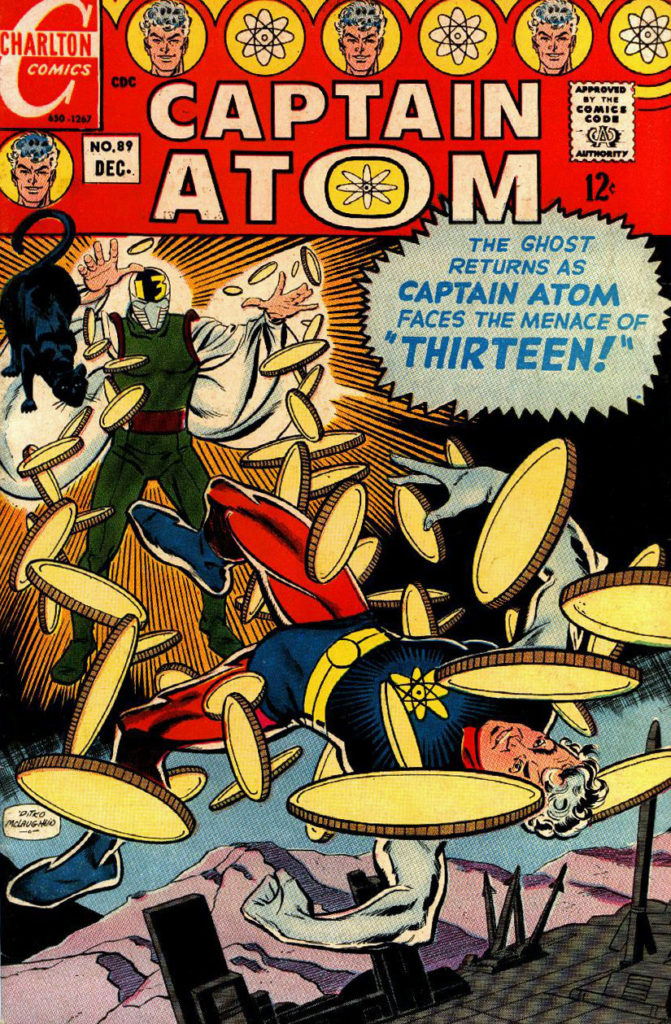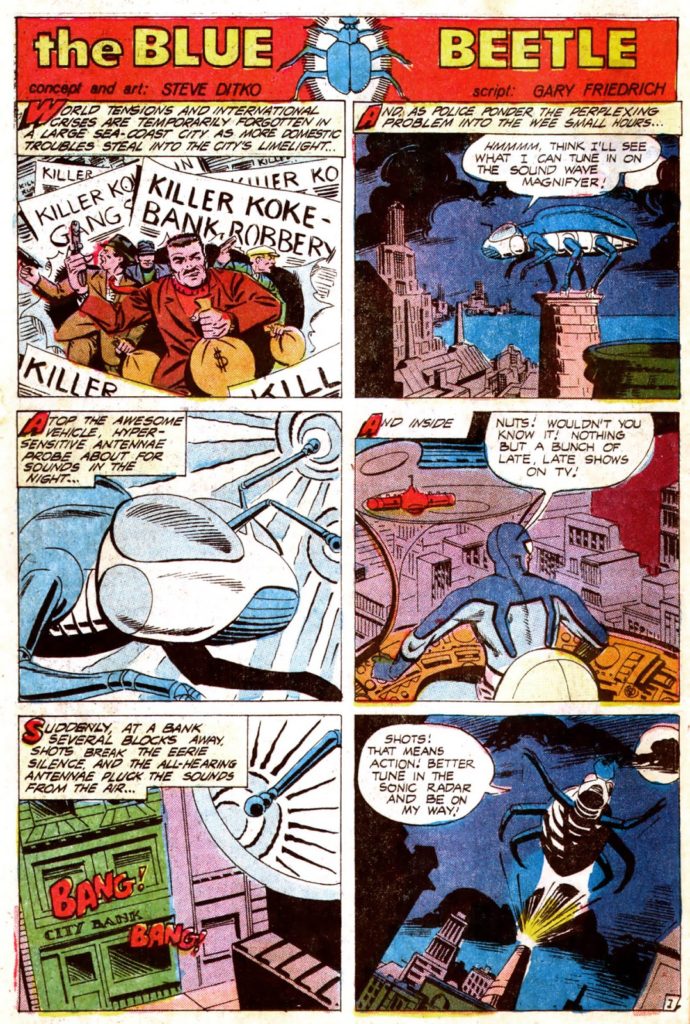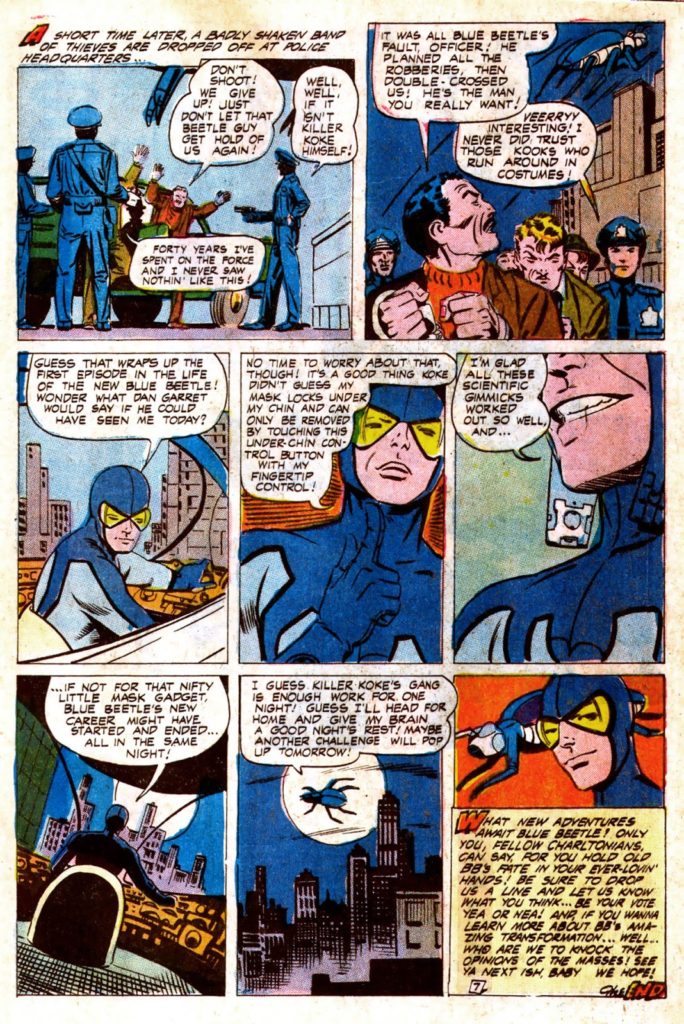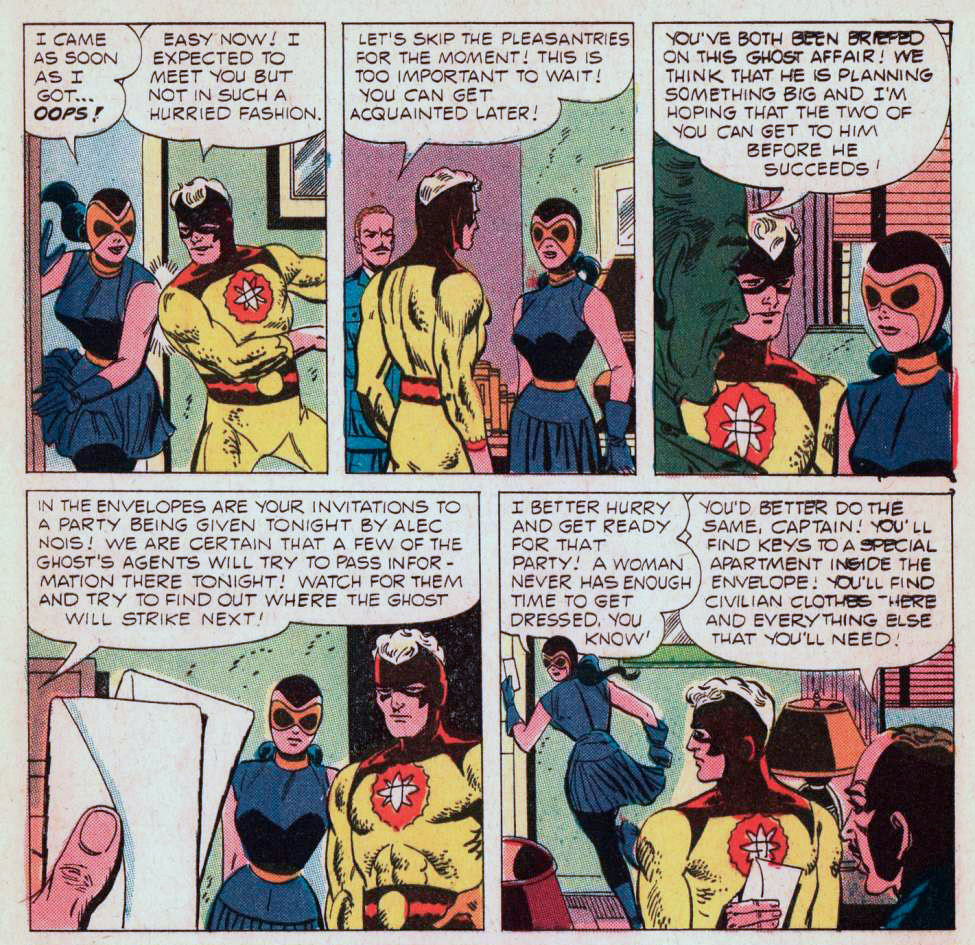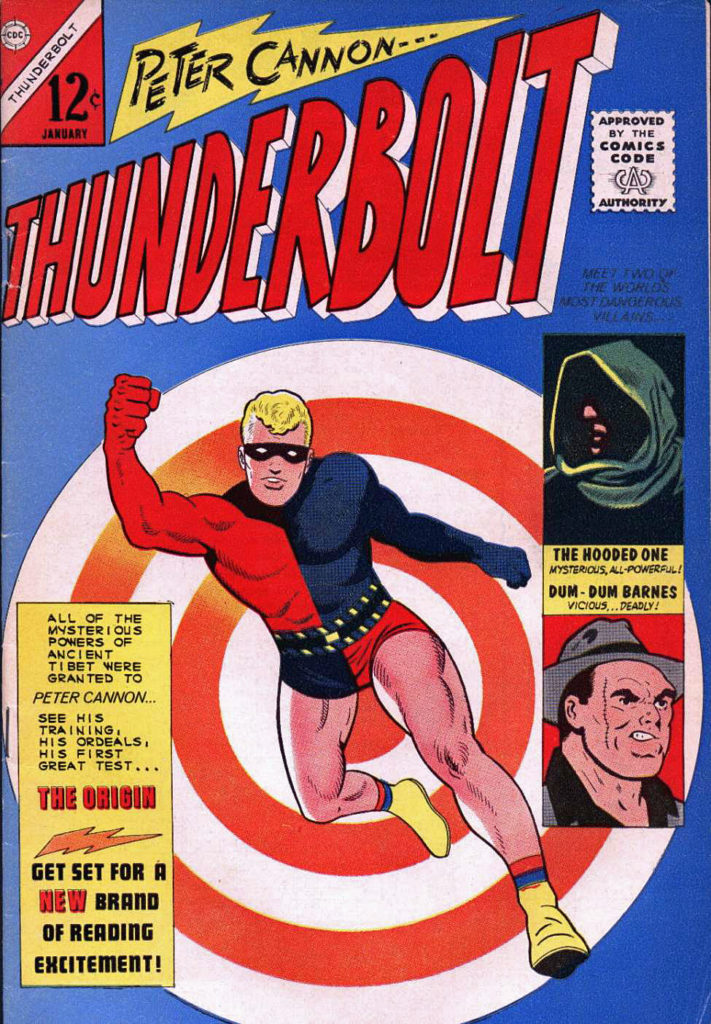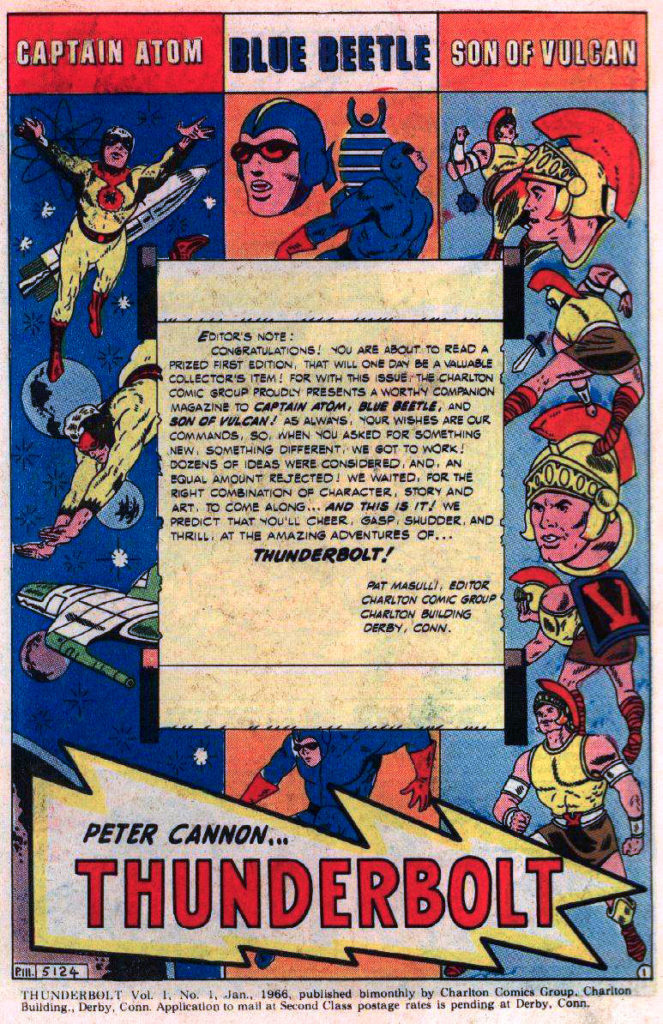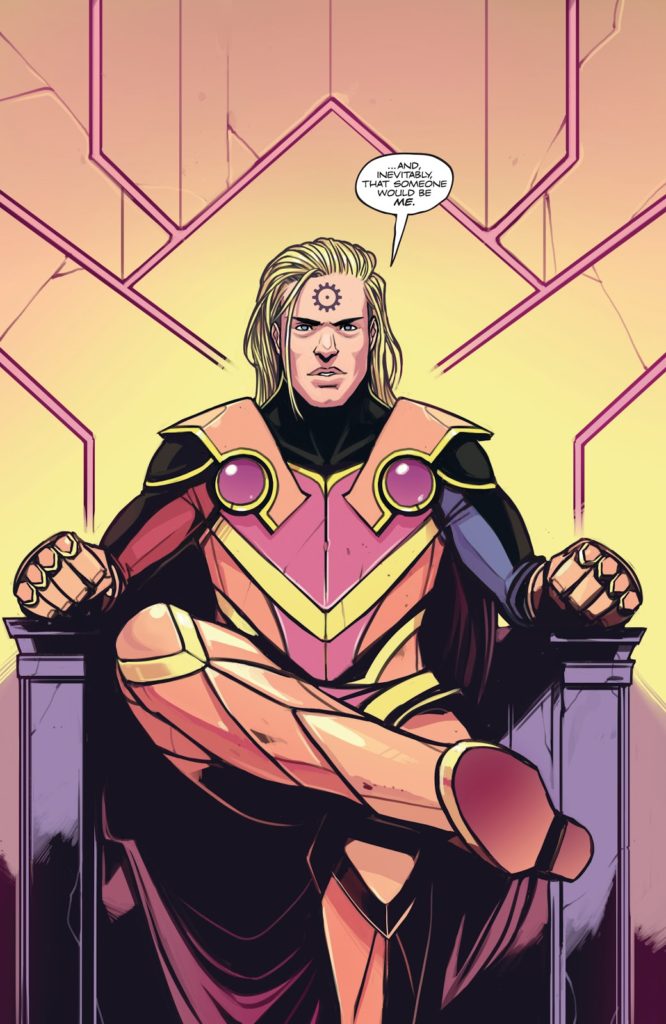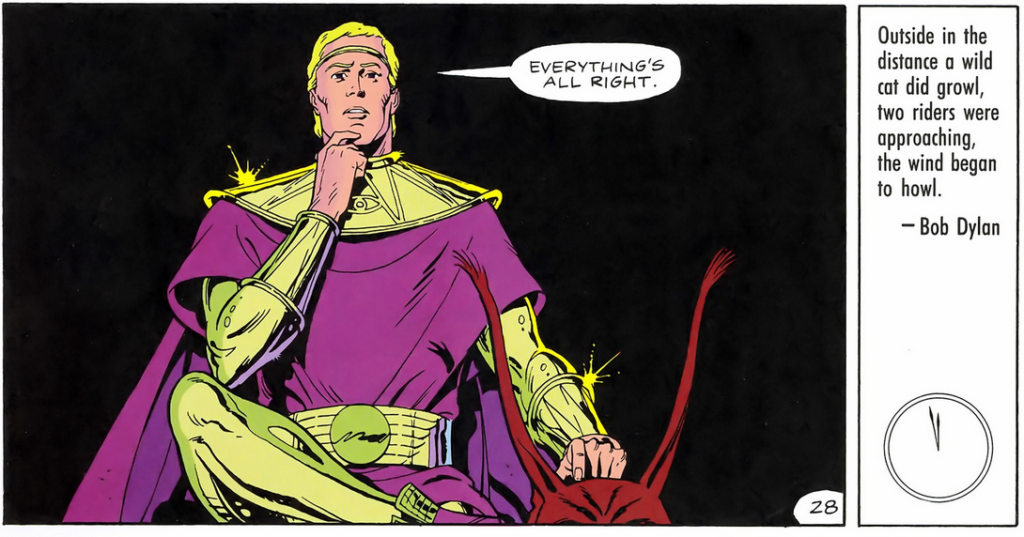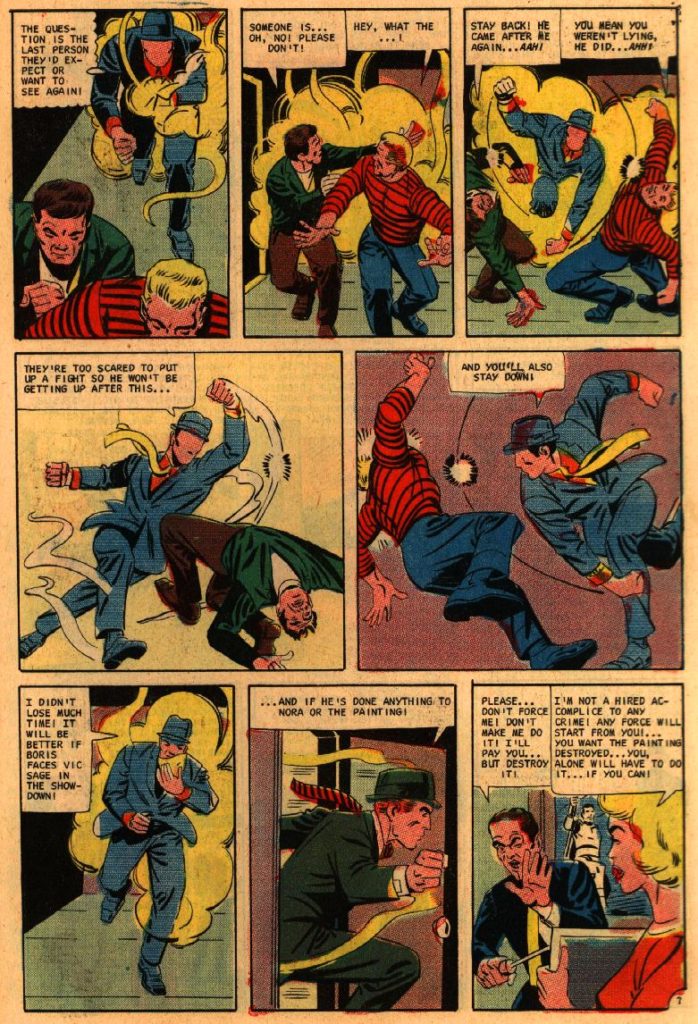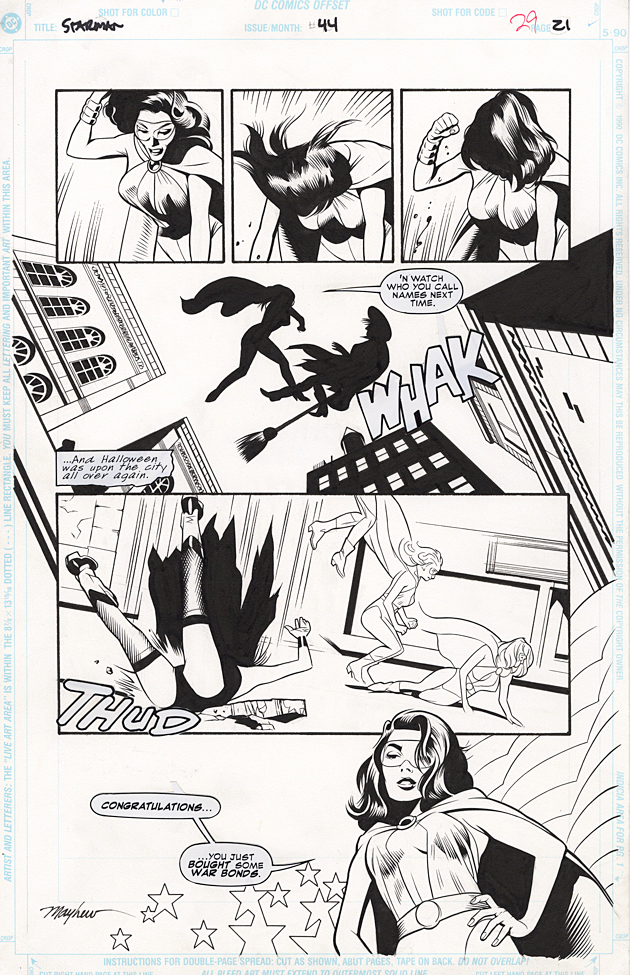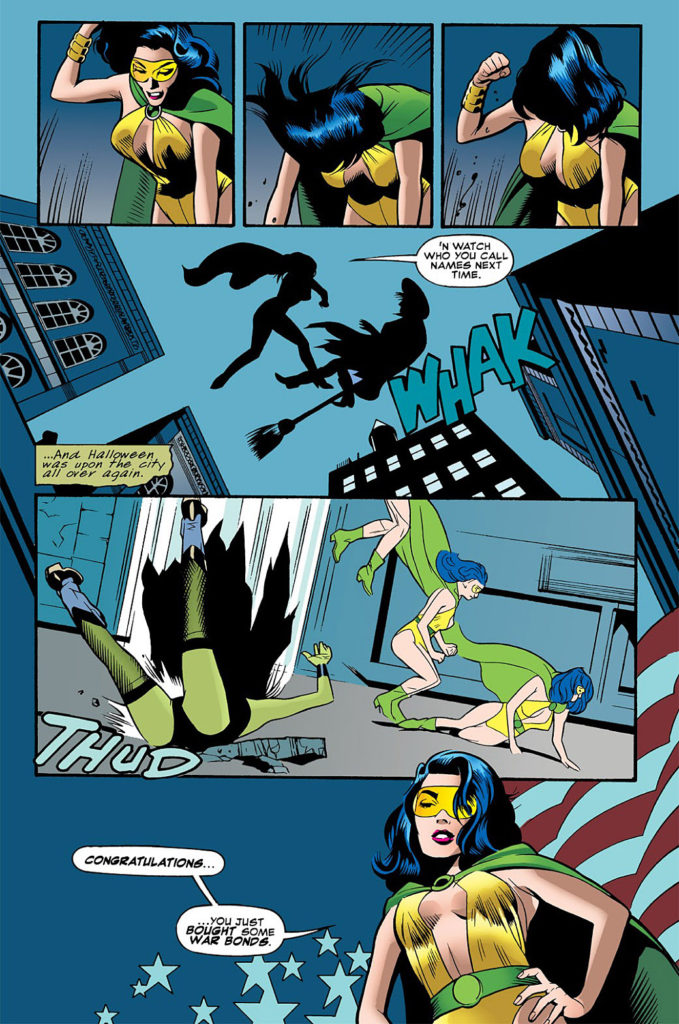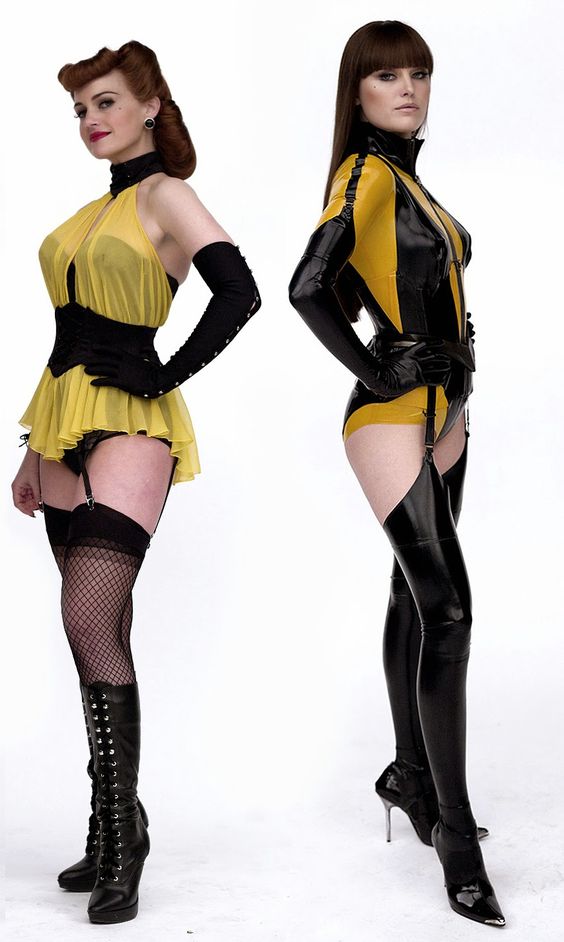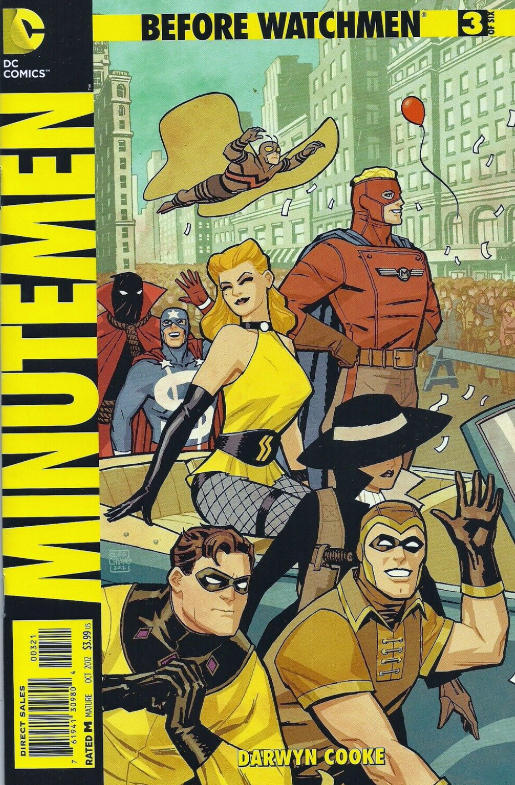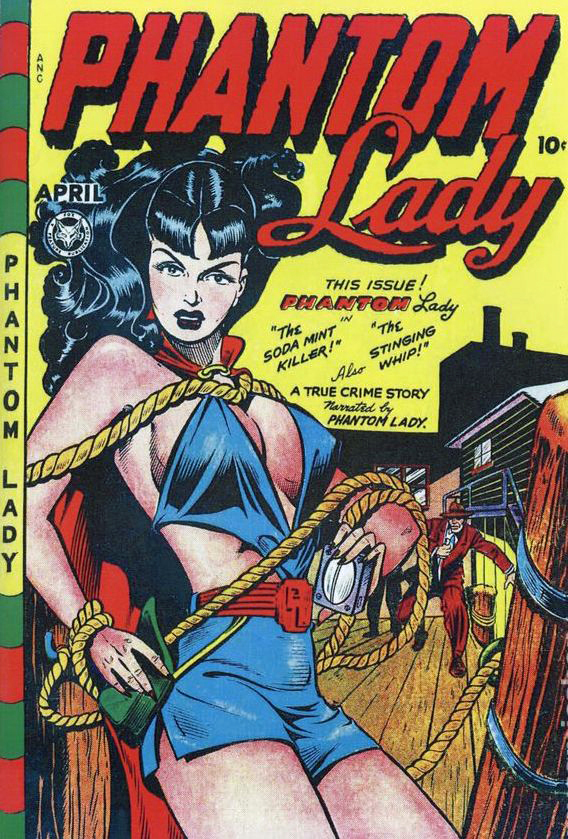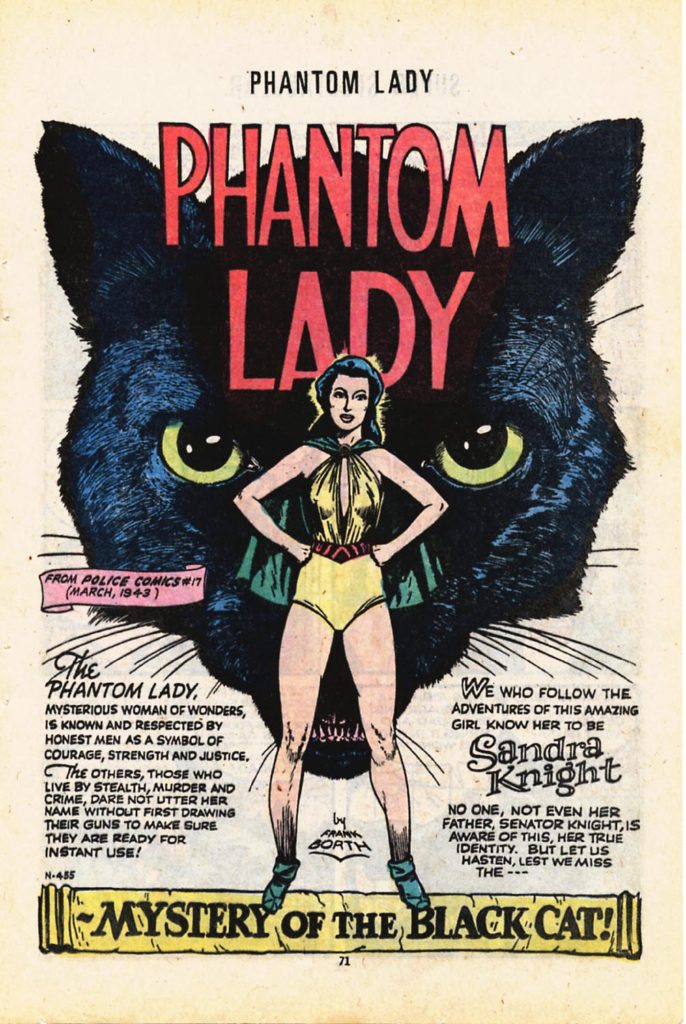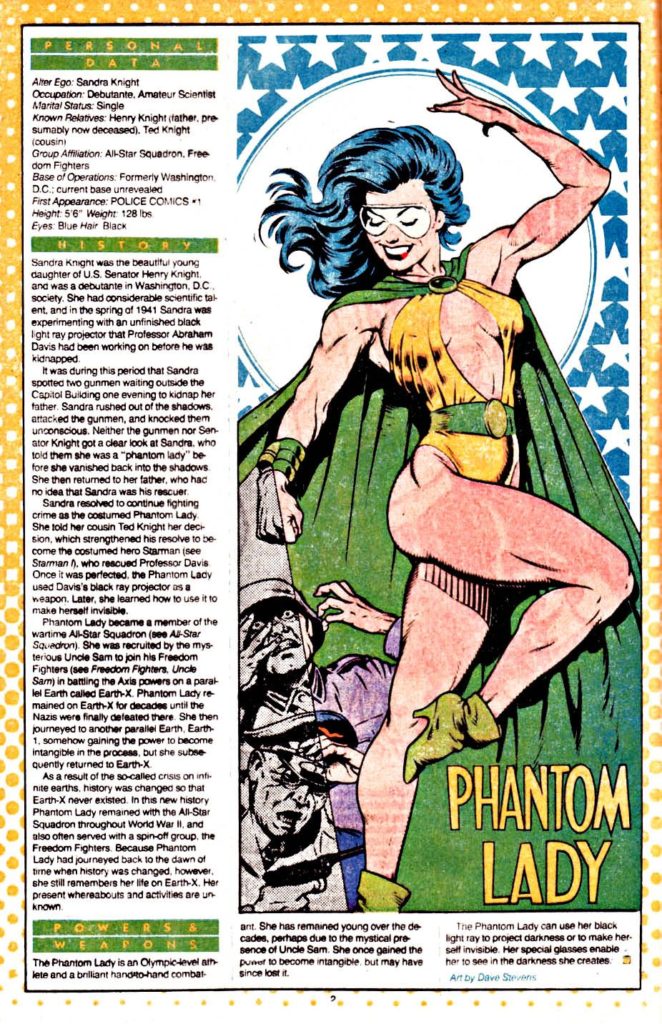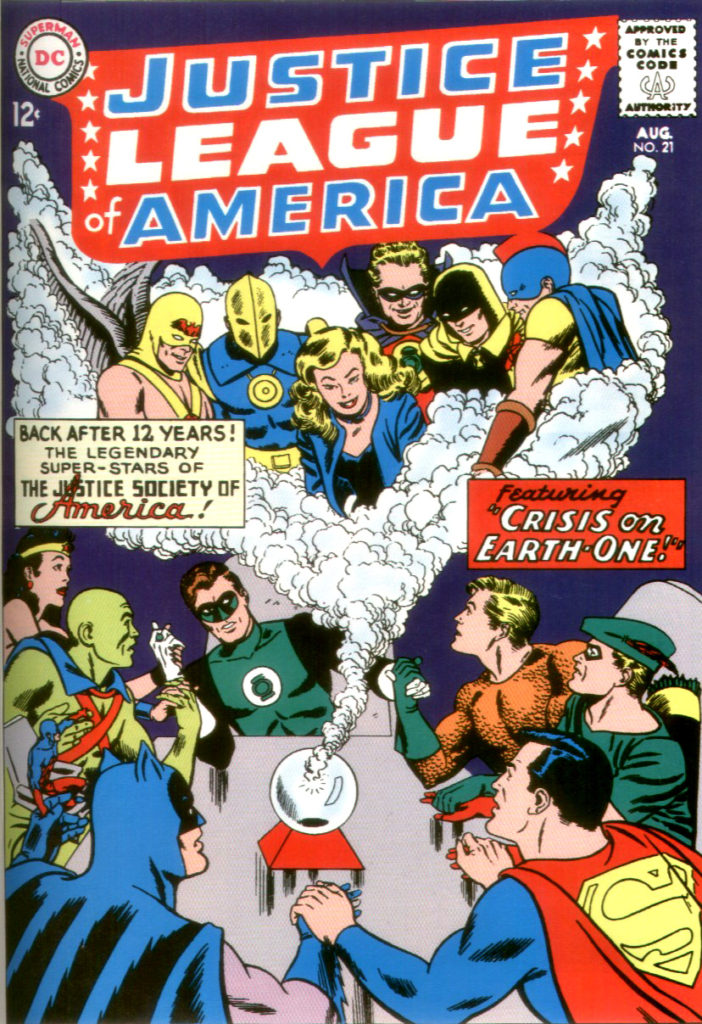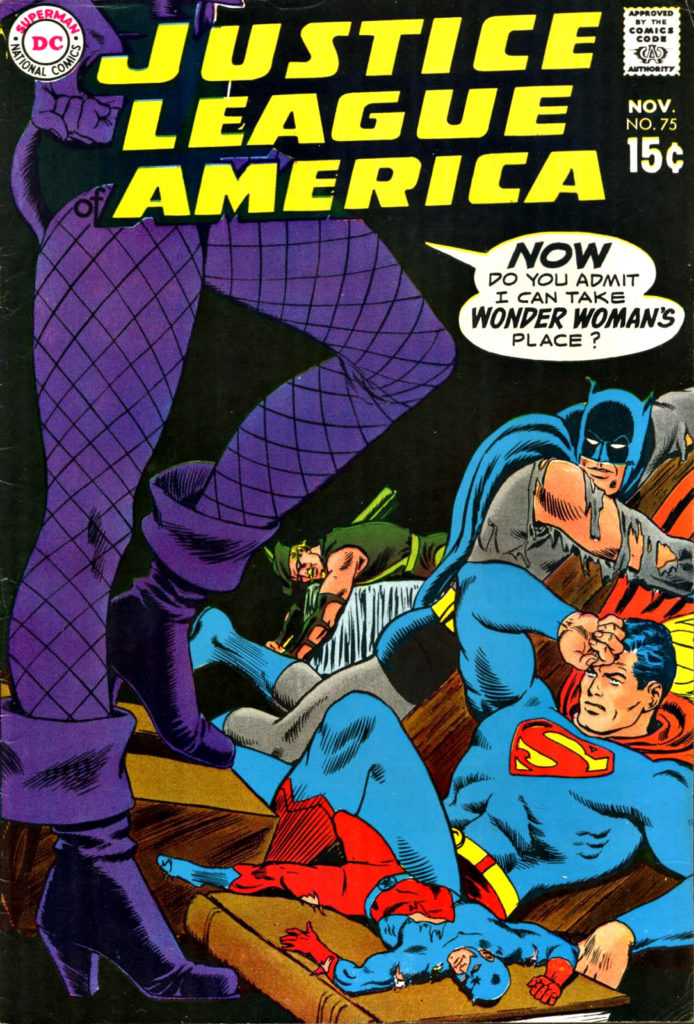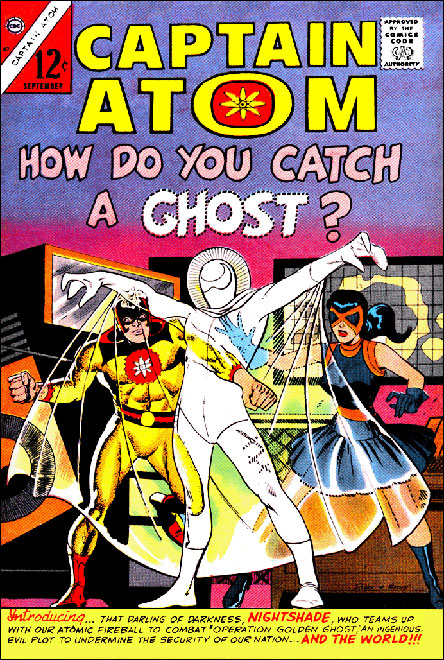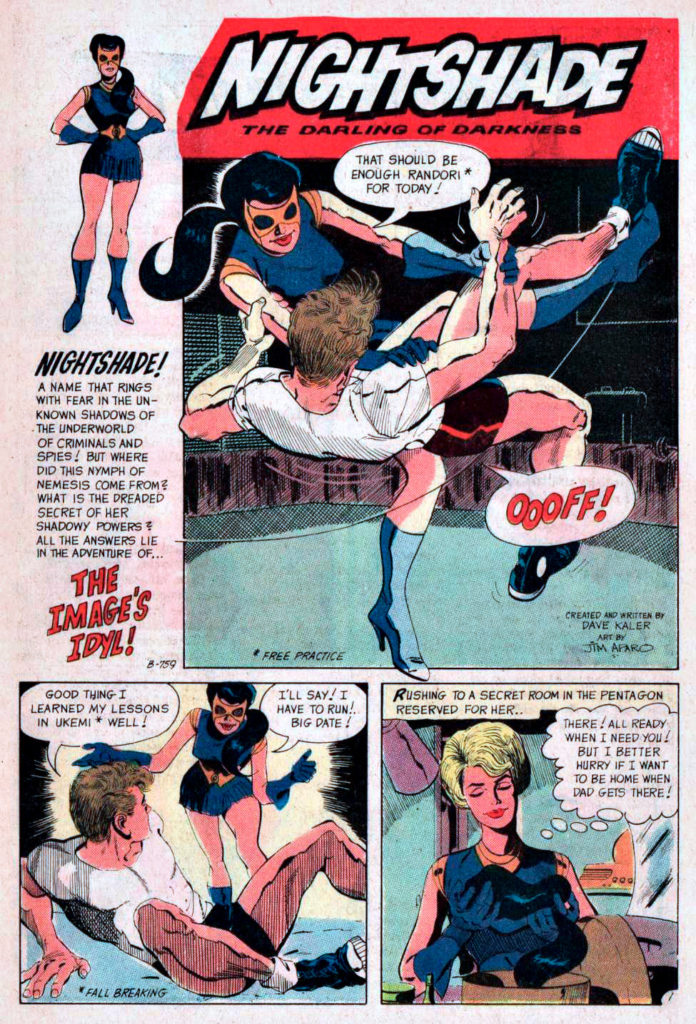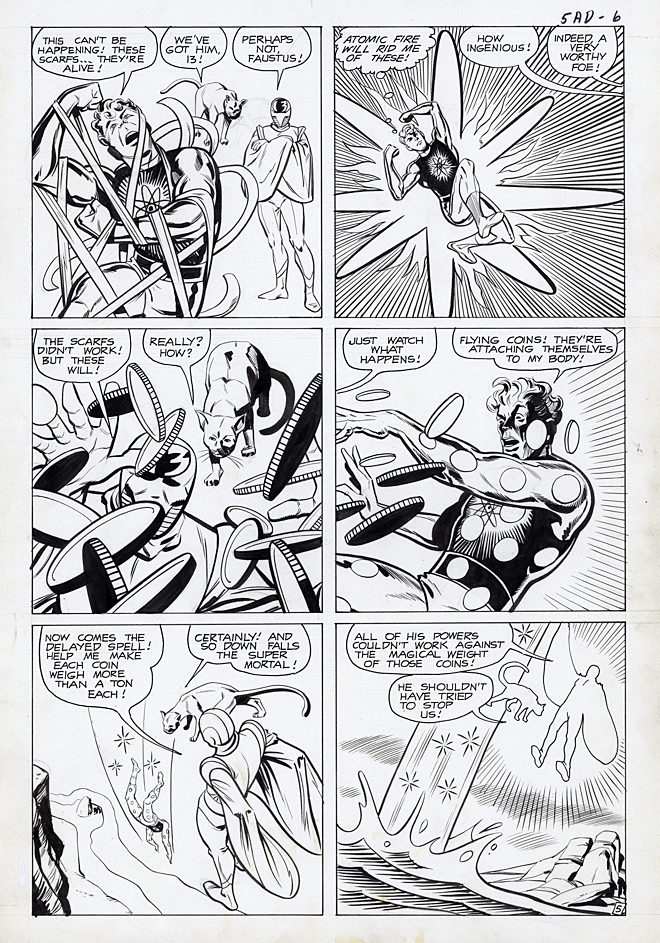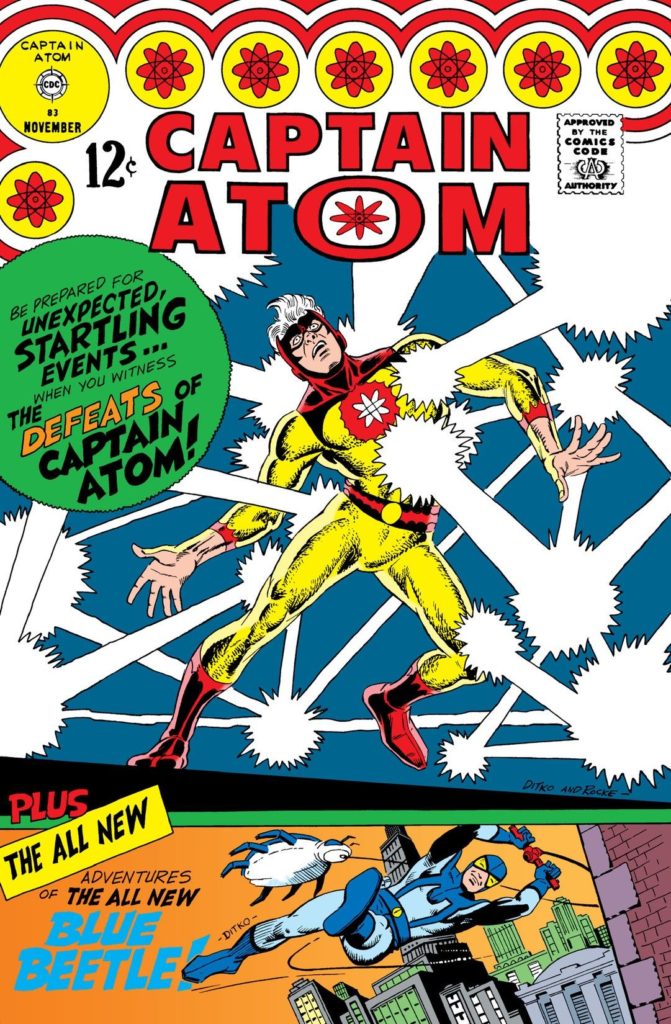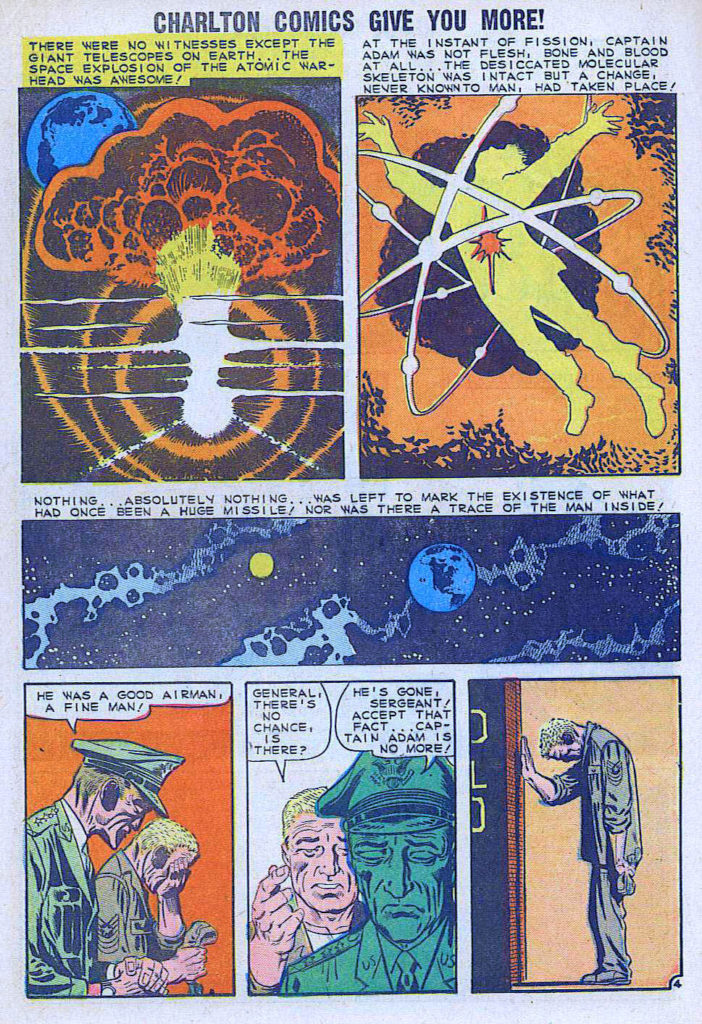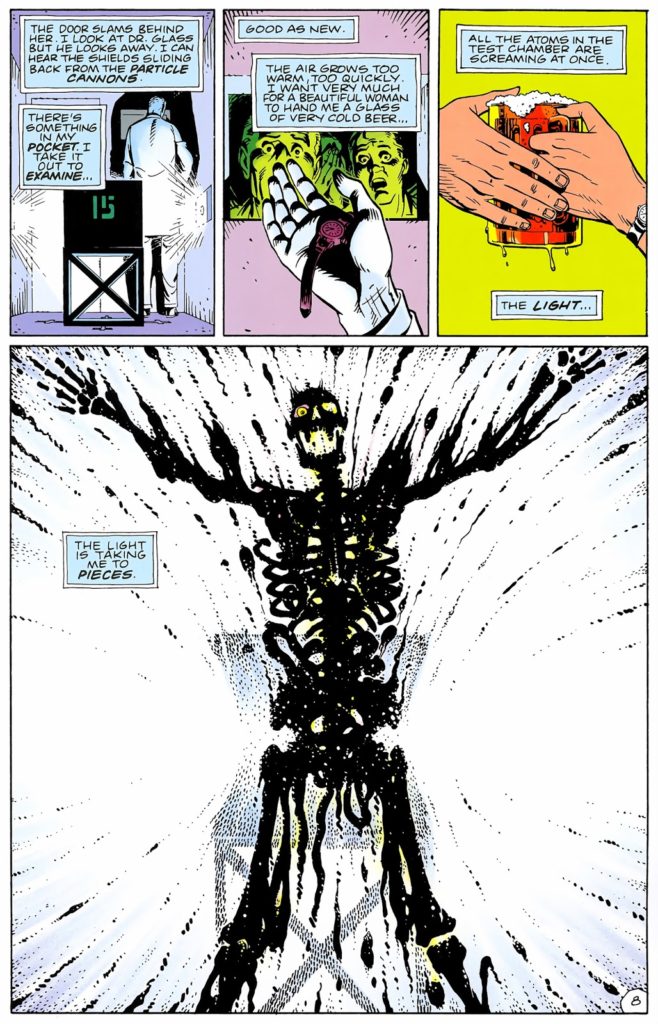Frank McLaughlin — Charlton’s Atomic Age Ends
Captain Atom # 89 (1967), Re-creation By Frank McLaughlin, 2012

Concluding our series on the roots of the Watchmen characters.
Charlton’s haphazard and often erratic publishing strategy certainly didn’t help sustain its line of superheroes. (Or “Action Heroes,” since technically, superhero is a joint trademark of Marvel and DC. But I digress.) Captain Atom #89 is the final issue of that series, and within a year all of the (mostly short-lived) action heroes were toast.
They wouldn’t return until about seven years later, when Charlton deciphered the burgeoning fan market. The company endorsed the superhero-themed Charlton Bulletin in 1975, a fanzine that included among other things, Steve Ditko’s unpublished penciled story for the cancelled Captain Atom #90. They asked a young Charlton freelancer by the name of John Byrne to ink it.
Byrne is among many talents with early careers at Charlton. Others include Dick Giordano, Jose Garcia Lopez, Jim Aparo, Bob Layton, Denny O’Neill, and Mike Zeck, Also on that list: Inker (and Charlton Art Director) Frank McLaughlin, who inked Ditko’s original #89 cover and re-created this version above.
As for Captain Atom? DC purchased him and the rest of the Charlton superheroes from the financially struggling Charlton in 1983, and they made their first DC appearance in Crisis on Infinite Earths (1985). Since then, he (and the rest of the gang) ultimately lived on in the pages of DC, of course, which was the point of Editor Dick Giordano not letting Alan Moore use those exact characters for Watchmen.
Alan, as we have discussed, was not deterred, and created his own versions of the characters.
Ironic, since those original Charlton characters could barely raise an eyebrow, and yet we are still talking about Moore’s Watchmen today.
Final tally Watchman —
Nite Owl 2 – Blue Beetle 2
Silk Spectre 2 – Phantom Lady/Black Canary/Nightshade
Comedian – Peacemaker/Shield
Dr. Manhattan – Captain Atom
Rorschach – The Question
Ozymandias – Peter Cannon, Thunderbolt


